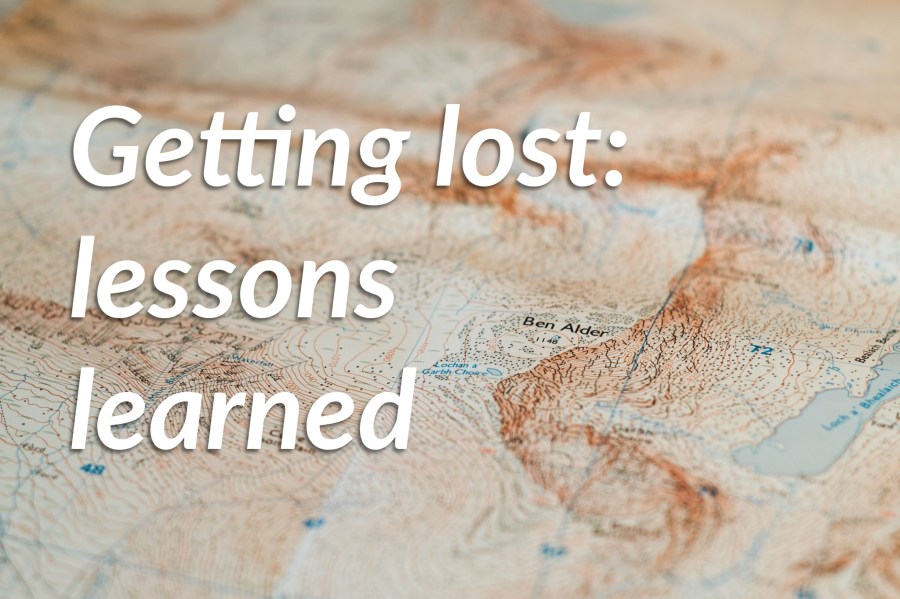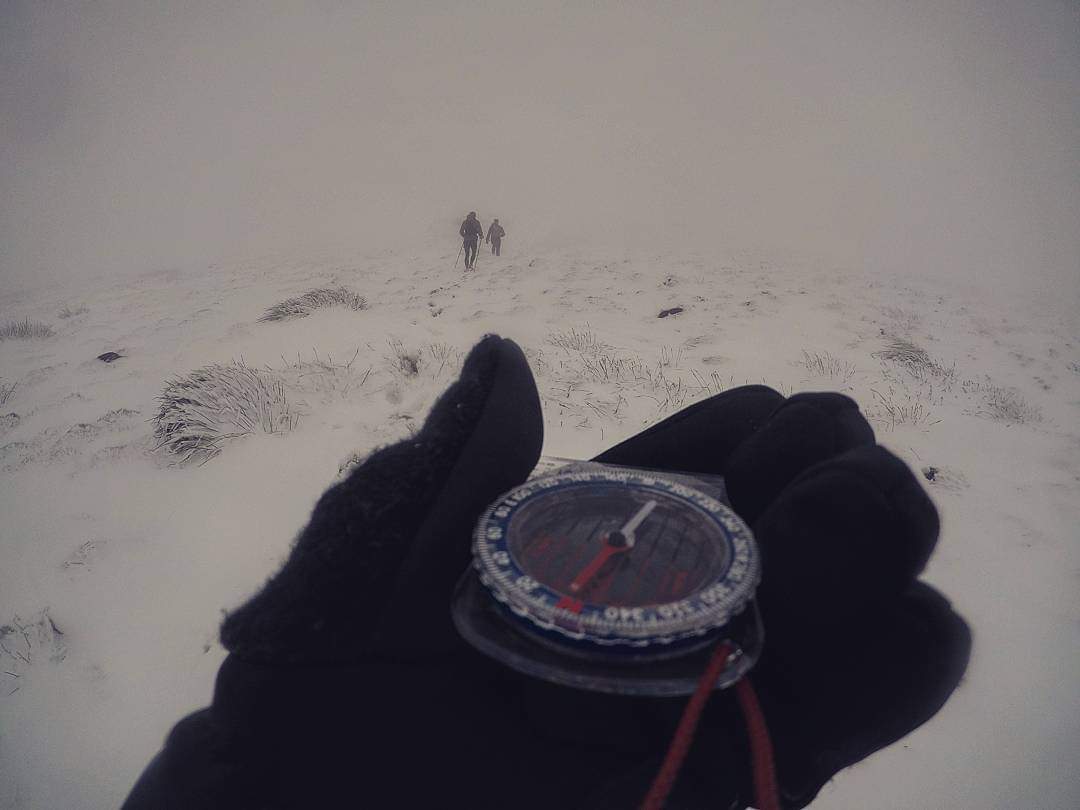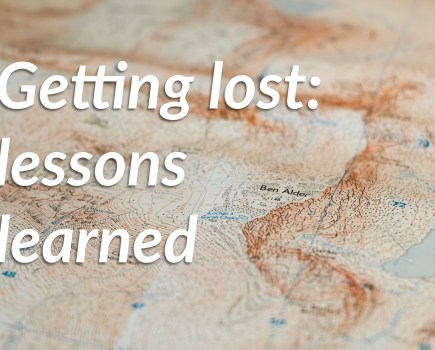“It’s a terrible mistake to make to assume the runner in front knows where they’re going.”
This is part of our series of reader submissions on getting lost and lessons learned the hard way. To read more entries, and to find out how to submit your own, see this page.
Rich Baldwin is a fell runner, dad, and eater of cake who blogs at runridesleepoutside.wordpress.com. Follow him on Twitter at @runridesleep.
About two years ago I was taking part in a long winter fell race covering 25 miles over the Pennines from north to south. The race involved no one set route and was instead made up of a series of checkpoints to be visited in order.
It was early January and the weather could not have been worse – the temperature was sub zero and the wind chill on the tops made it feel much colder. There had been heavy snow the week before, which had started to melt, leaving the already boggy ground a knee-deep freezing slush. Visibility was very poor with the higher ground smothered in a claggy mist, and heavy icy rain had started to fall by the time the runners came to Bleaklow, a vast dome-shaped plateau that can hard to navigate in fine weather.
After passing Bleaklow Head I stopped to tie my shoelace with numb fingers. I looked around and couldn’t see more than a few metres. At this point I should have taken a bearing with my compass; it would have taken a few seconds, but not doing so cost me about half an hour. Instead I ran in the direction I’d seen a few other runners head minutes before. Essentially, taking the compass and map out wasn’t as easy as following a group. This is the worst navigational decision I could have made: never follow the leader.
I lost the group but carried on regardless. As the minutes passed the ground started to rise rather than fall and the checkpoint I was searching for was nowhere to be seen. I didn’t know where I was or where I was going: that’s a good definition of being lost. With a bit of creative navigating I managed to pick up the route again, though my heart sank when it was apparent that I was approaching Bleaklow Head once more. For the last half hour I’d been running in completely the wrong direction – around in a large circle.
I finished the race frozen and broken in 6 hours 25 minutes, but many others had dropped out due to hypothermia. I spent the next year working on my navigational skills and realised the value of a good recce before a long fell race. I entered the race again the following year and finished in 4 hours 40 minutes, compass in hand the whole way round. It’s a terrible mistake to make to assume the runner in front knows where they’re going.
I still never live it down amongst some running friends…
Read more in our reader series ‘Getting lost: lessons learned the hard way’







